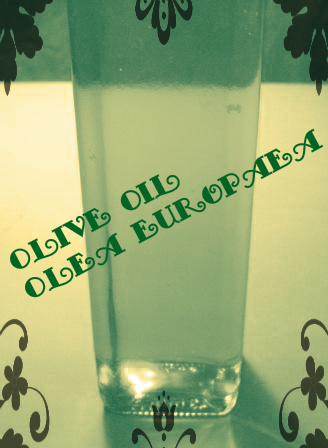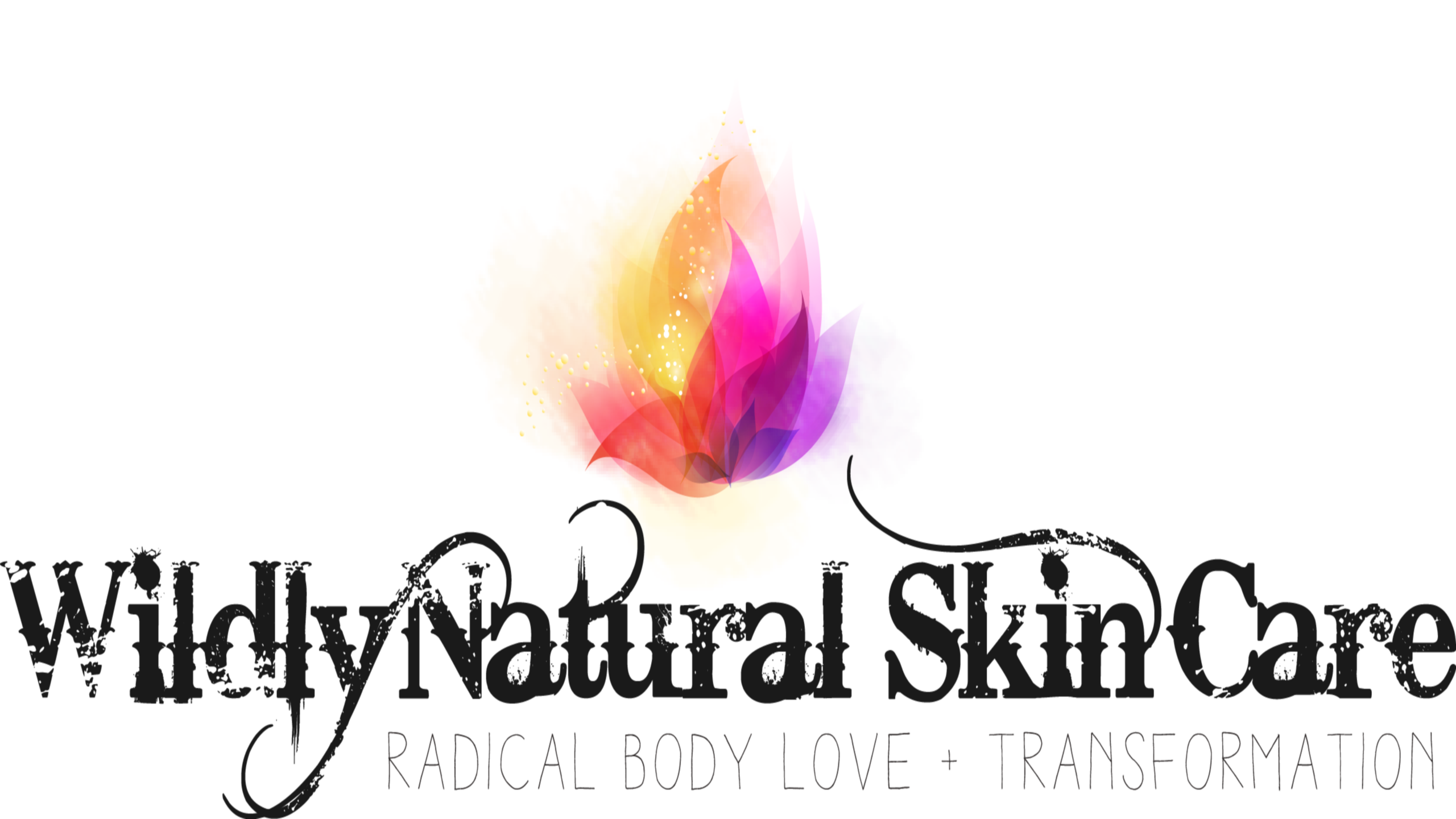
Olive oil for face, particularly extra virgin, is rich, nourishing and heavy. Extra virgin olive oil is particularly suited to dry and mature skin (or to prevent skin from becoming dry and delay maturing!) to hold in moisture and nourish skin cells. It is also one of the most used oils used in the Oil Cleansing method.
If you want to know about effective and natural skin care oils that will turn back the clock, then check this out before going any further.
Greek and Mediterranean cultures depend heavily on extra virgin olive oil for face and skin. It is used as a skin softener and for dry, irritated or sunburned skin. It is also a skin luminizer, meaning that it makes the skin shine and glow!
Extra virgin olive oil is an effective skin cell regenerator. This is the first pressing of the olive and contains the highest amount of nutrients. It attracts moisture while still allowing the skin to breathe.
Personally, I find olive oil a bit too heavy to use on a daily basis. It tends to sit on the surface and is slow to absorb. I do like to use it as a body oil, especially applied before the shower (an Ayurvedic technique). This rinses off the excess yet keeps the skin soft and holds in moisture.
My baby oil blends often contain extra virgin olive oil, as it really nourishes and is so gentle. It is also great for the elderly and for dry, mature skin.
Facial Oil Recipes for All Skin Types
Being that olive oil is so nutrient-dense, it is a good addition to a facial oil blend. Depending upon your skin type, you can vary the amount of olive oil for your recipe.
Dry Skin Facial Oil
Extra virgin olive oil 75%
Coconut, almond or jojoba oil 25%
Normal Skin Facial Oil
Extra virgin olive oil 50%
Coconut, almond or jojoba oil 50%
Oily Skin Facial Oil
Extra virgin olive oil 25%
Coconut, almond or jojoba oil 75%
For sensitive skin, use based on the amount of natural oils you produce and follow the above chart.
Also, experimenting is worth 1000 words! Use the same extra virgin olive oil for face that you cook with and try it out at different times: after washing your face, when skin is still wet; before showering; before bed; and so on. How does it feel? Does it absorb easily or sit? How does your skin react (is it softened or irritated- broken out)?
Skin Cancer Preventative
I’ve mentioned before how I used extra virgin olive oil to sun-bathe as a young adult. Well, interestingly, research done on the preventative effect of antioxidants (present in extra virgin olive oil) on UV-induced skin cancer concludes that “daily topical use after sun-bathing may delay and reduce UV-induced skin cancer development in human skin.”
Dermatitis, Psoriasis & Fungal Infections!
A mixture of honey, beeswax and olive oil (1:1:1 ratio) is useful in managing dermatitis and psoriasis as well as skin fungal infections, including Pityriasis versicolor, Tinea crusis, T. corporis and T. faceiei. This is at an application rate of 3 times daily for up to 4 weeks.
Exfoliating Mask for Even Skin Tone
Another way to use olive oil for face is to use it as part of an overnight, exfoliating mask. This will help to balance skin discolorations and exfoliate dead skin, evening skin tone as well as having a softening effect.
Ingredients:
Extra virgin olive oil 1 teaspoon
Apple cider vinegar ¼ teaspoon
Water or rosewater ¼ teaspoon
Directions:
Cleanse the skin prior to applying this mask. Mix all the ingredients and apply, leaving on overnight and washing off in the morning.
References:
Preventive effect of antioxidant on ultraviolet-induced skin cancer in mice. Ichihashi, Ahmed, Budiyanto, et al. Journal of Dermatological Science, Vol 23, Supp 1, Pages S45-S50, March 2000.
Topical application of natural honey, beeswax and oliveoil mixture for atopic dermatitis or psoriasis: partially controlled, single-blinded study. Noori S. Al-Waili. Complementary Therapies in Medicine, Vol 11, Iss 4, December 2003, Pages 226–234.
An alternative treatment for pityriasis versicolor, tinea cruris, tinea corporis and tinea faciei with topical application of honey, oliveoil and beeswax mixture: an open pilot study. Al-Waili, Feb 2004.
